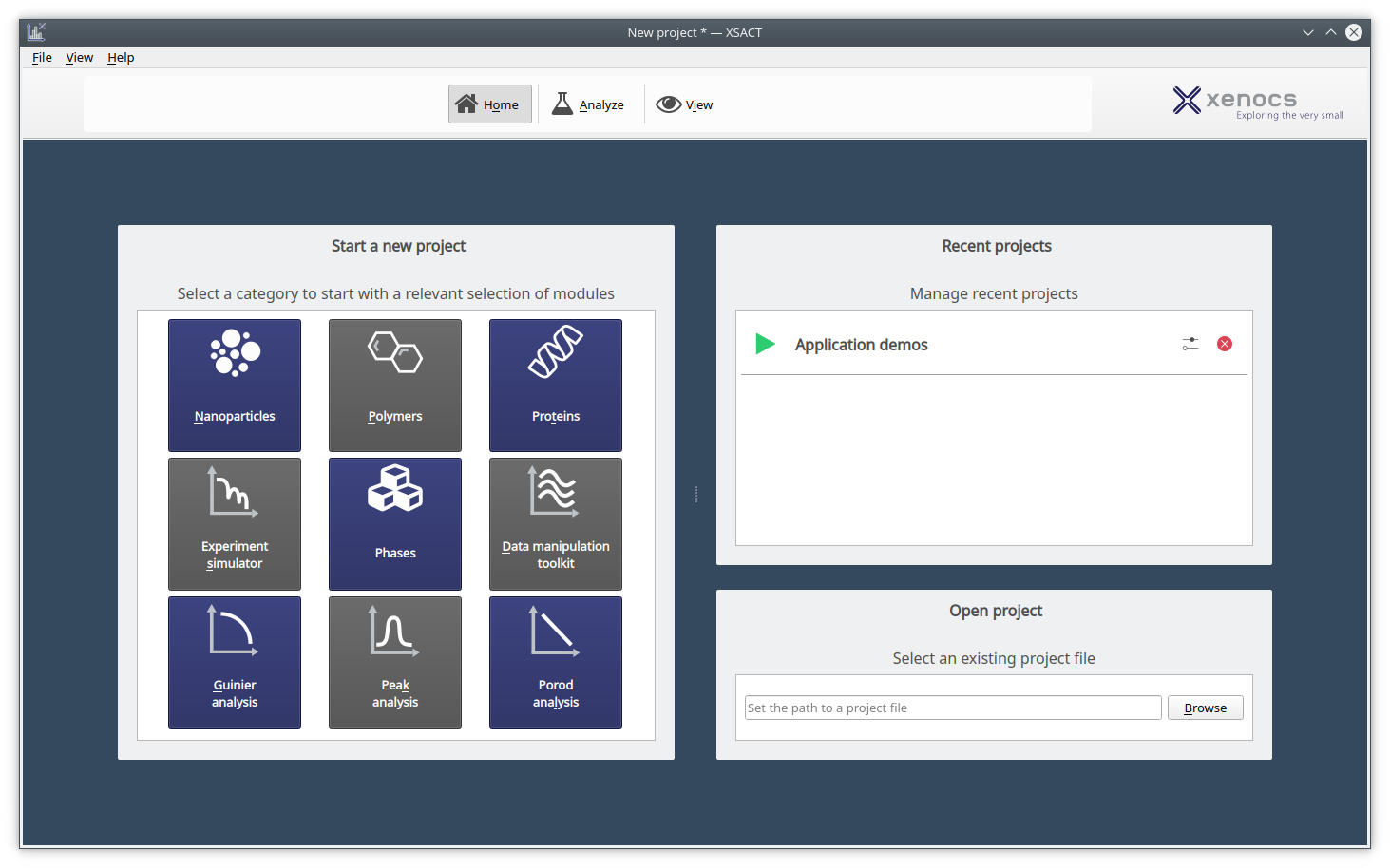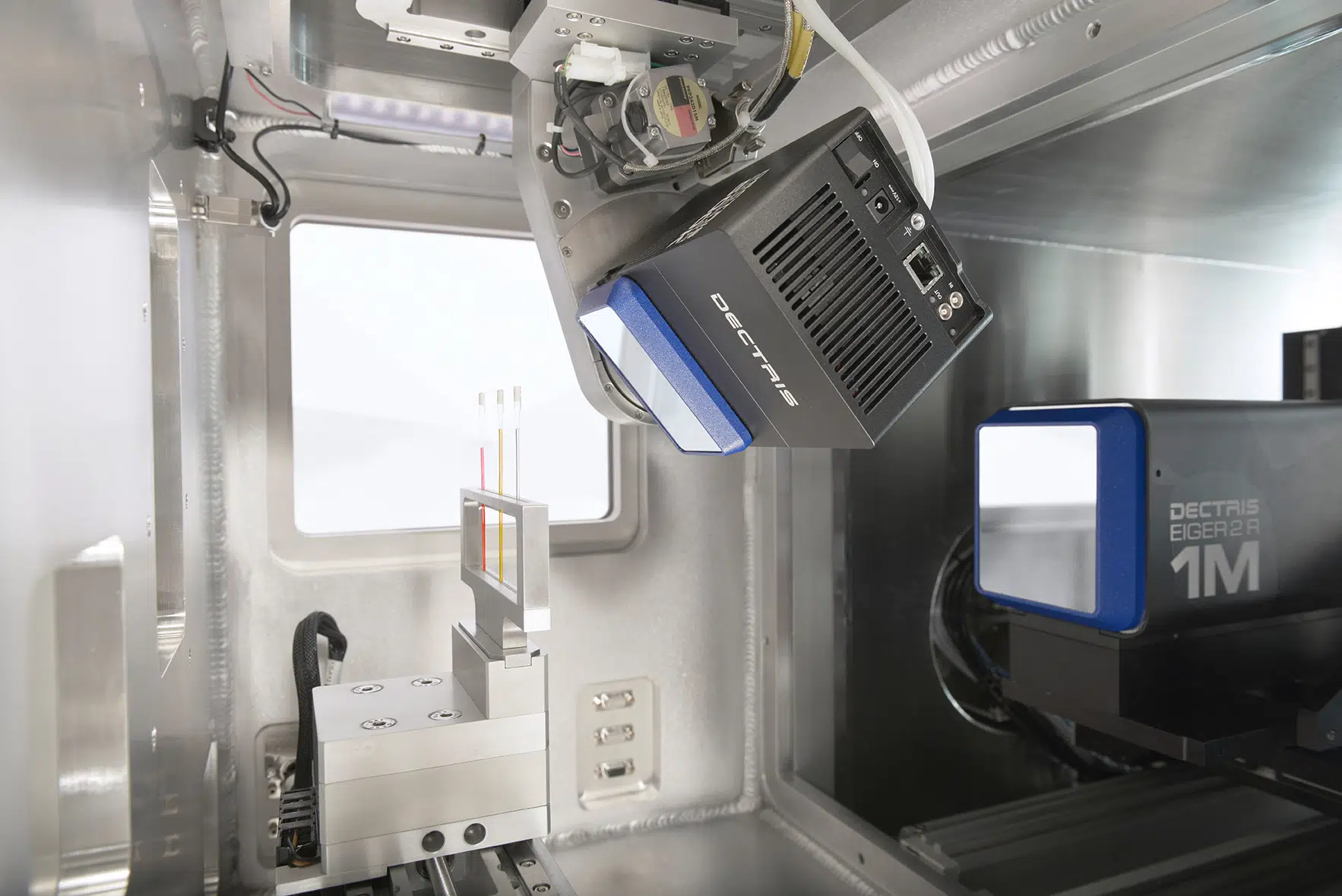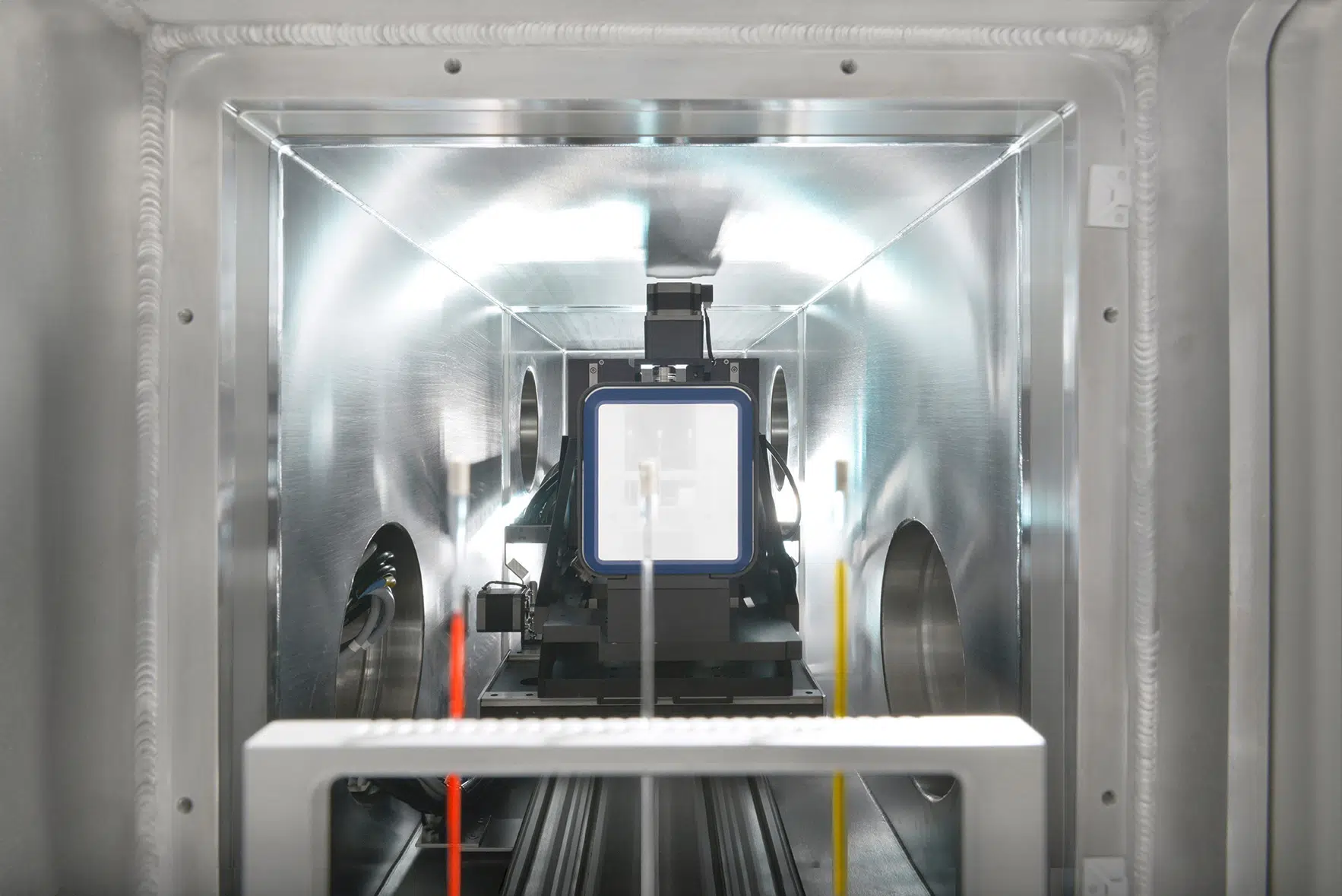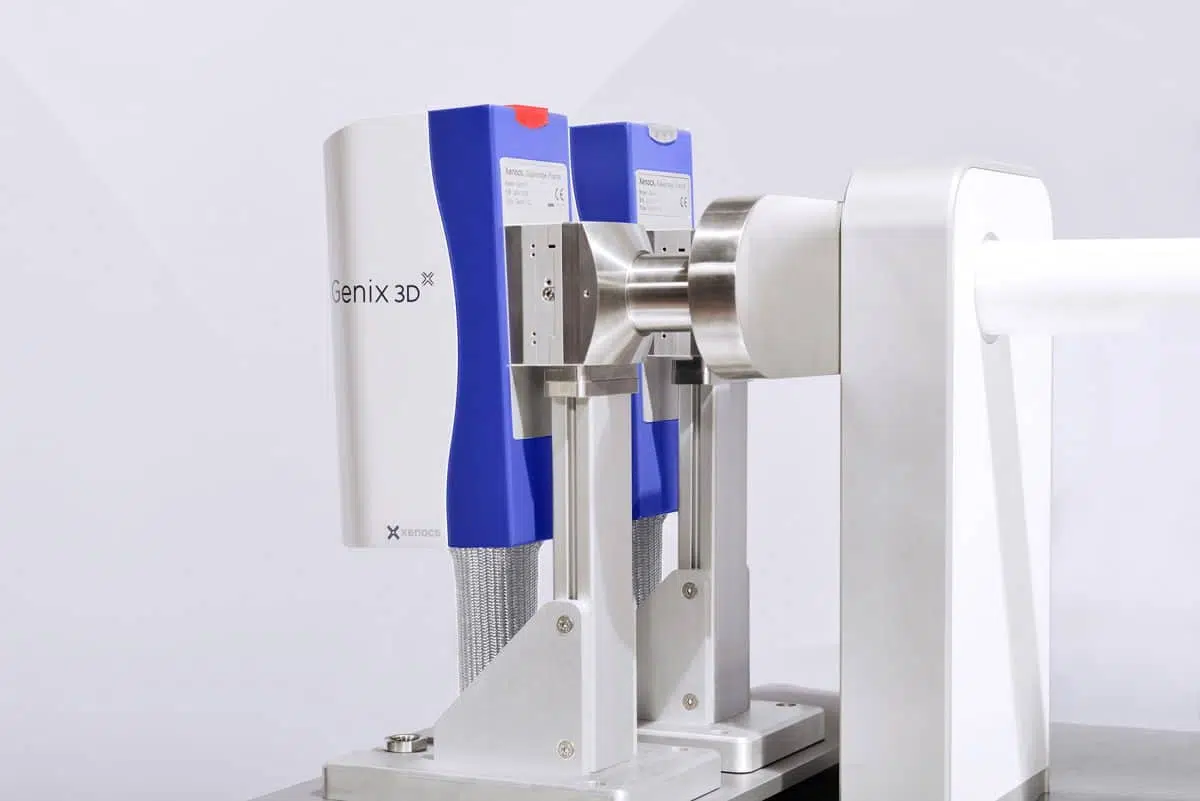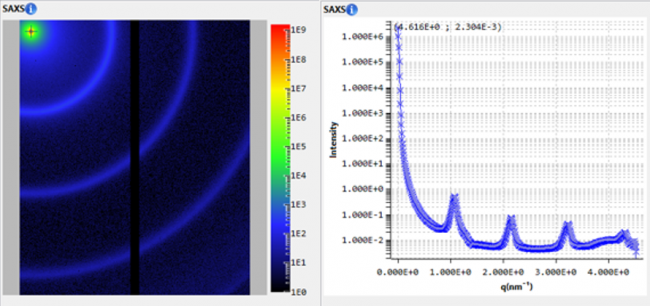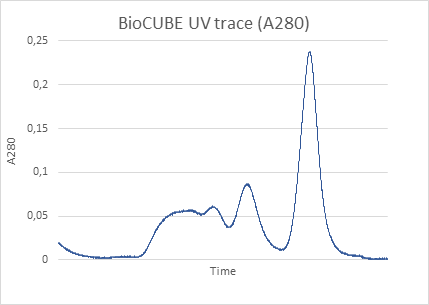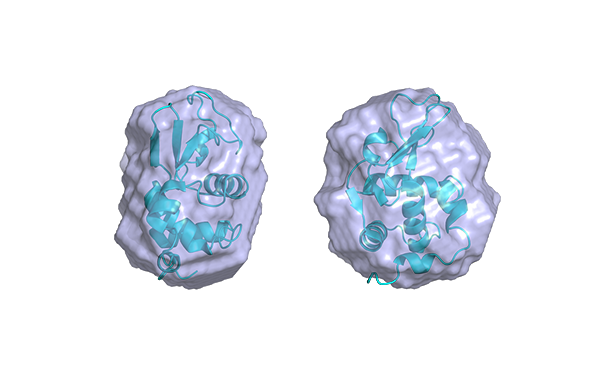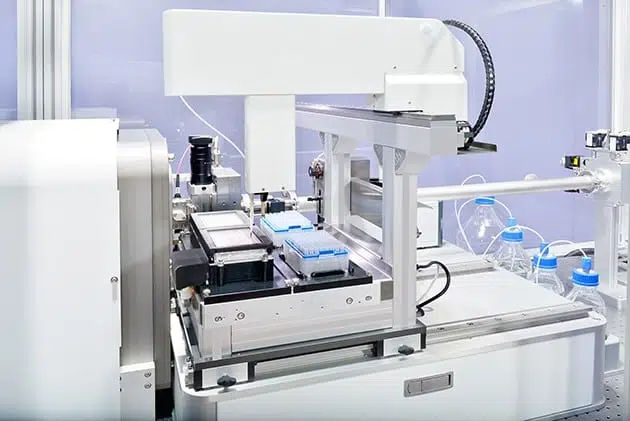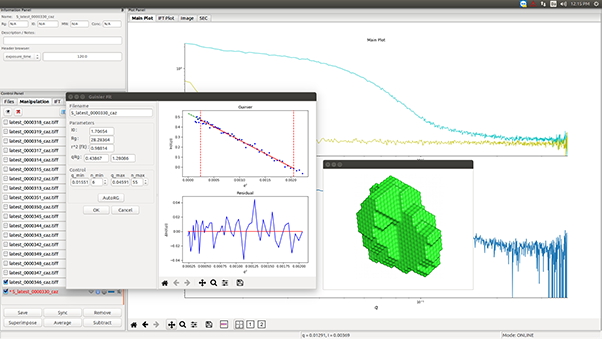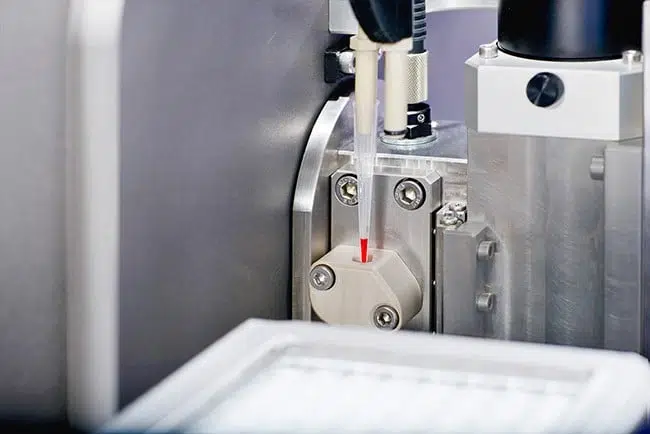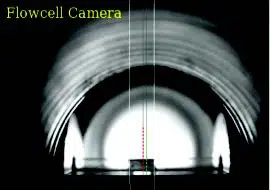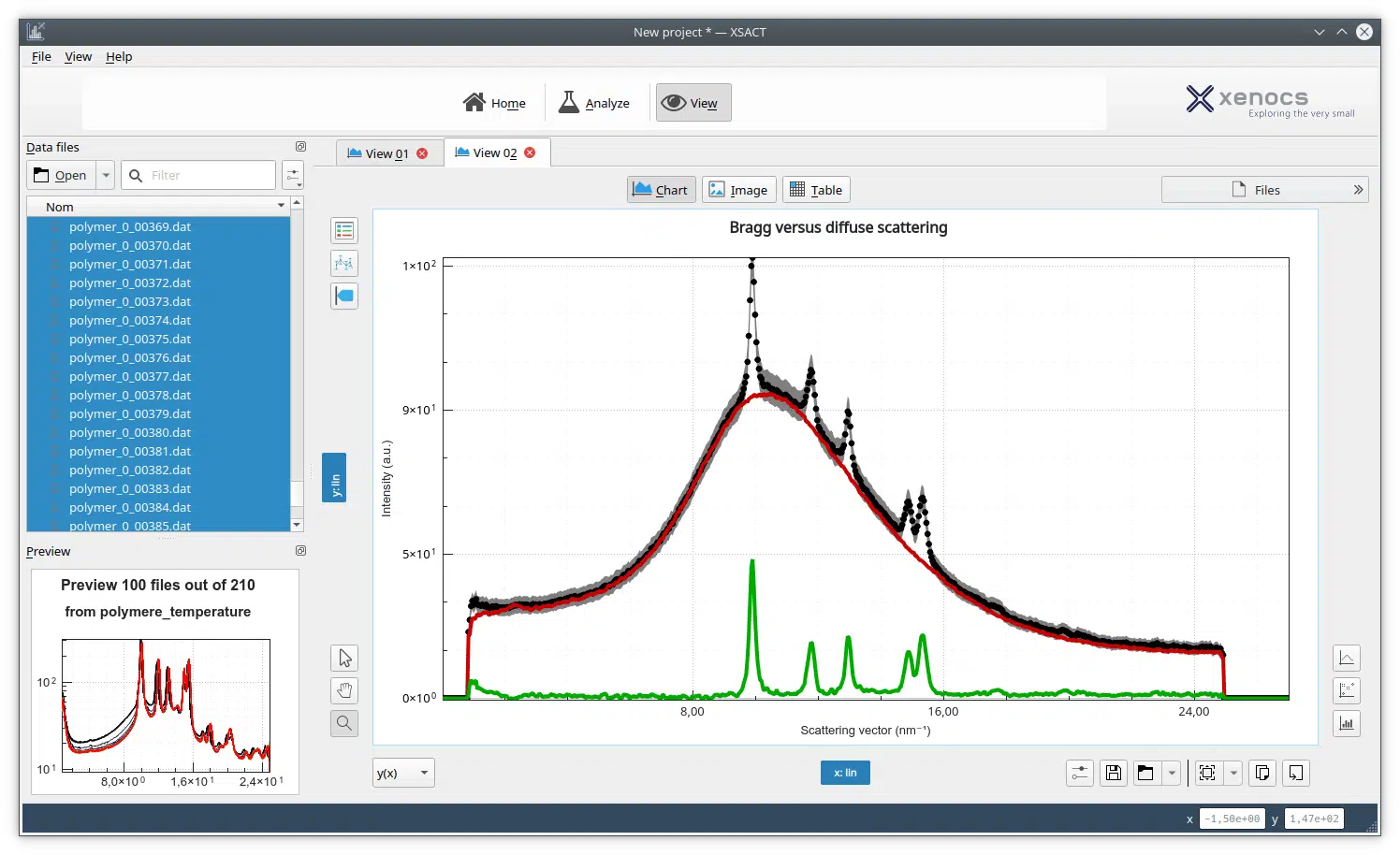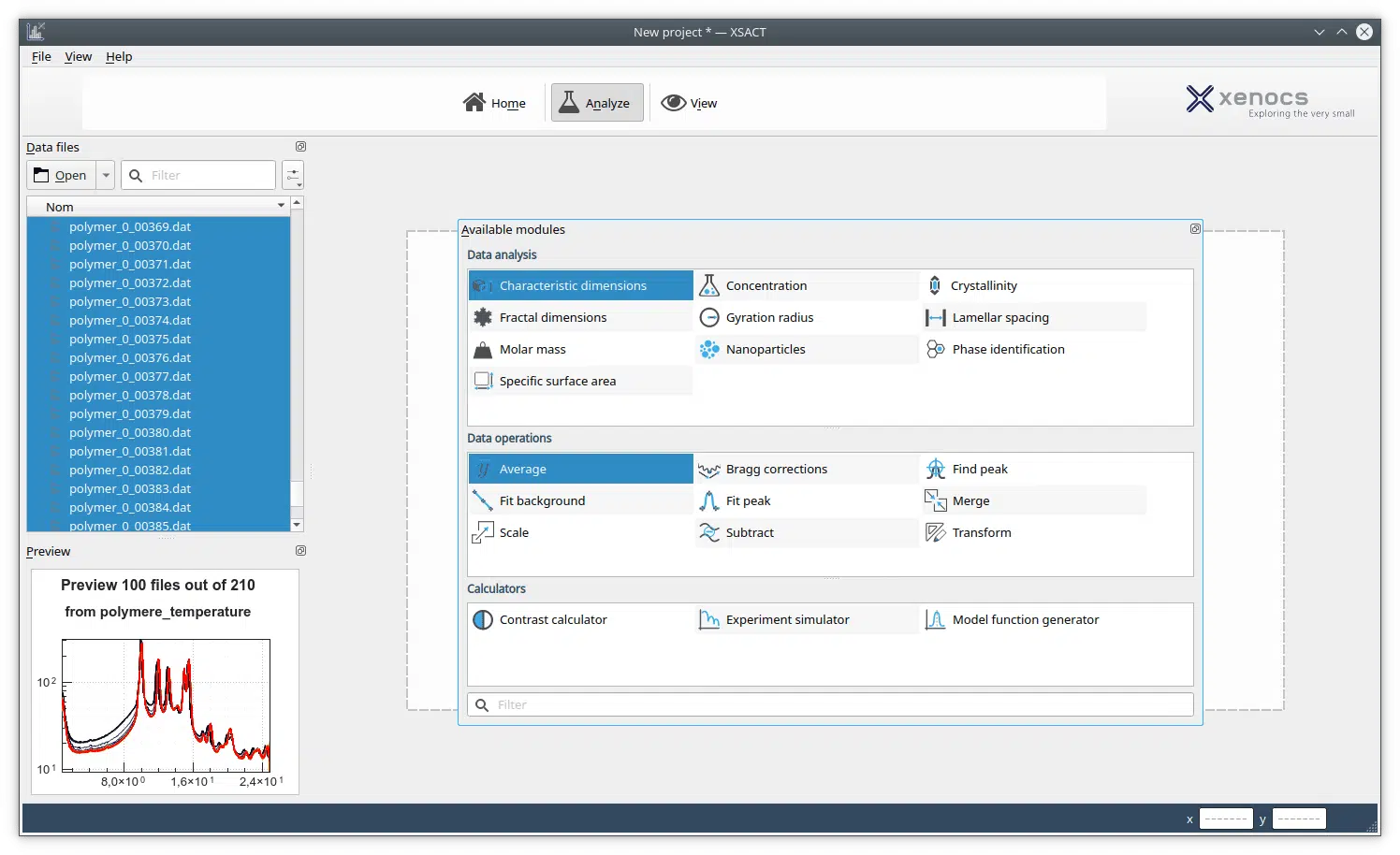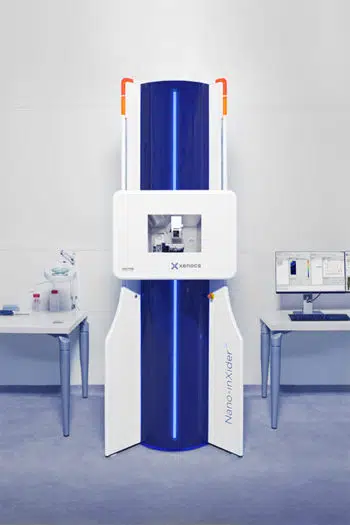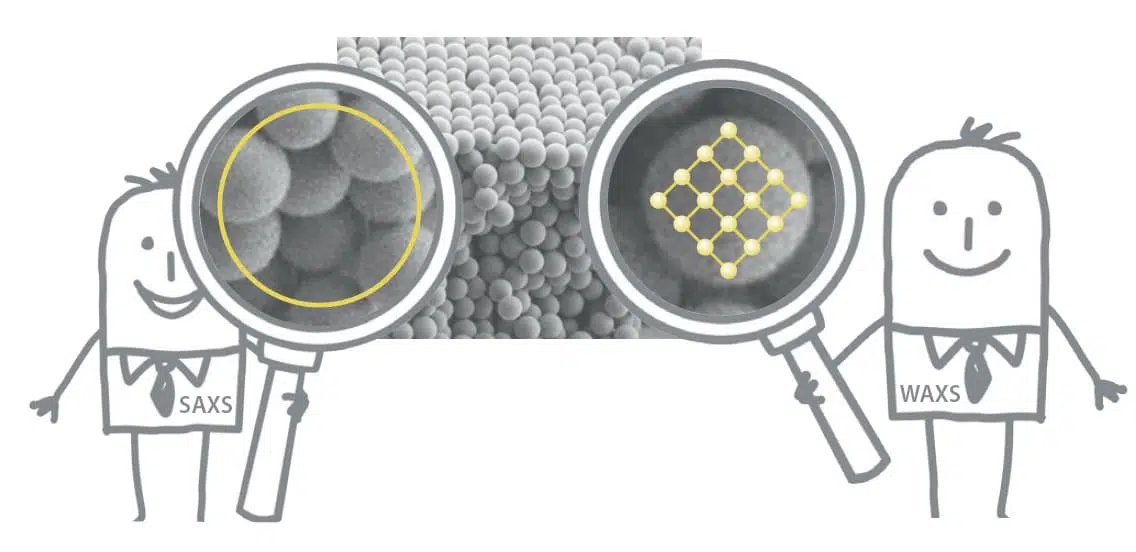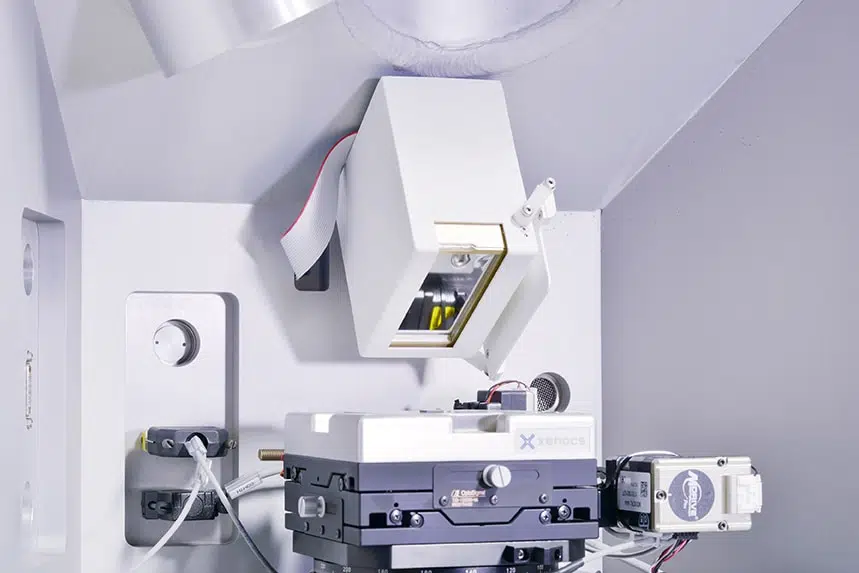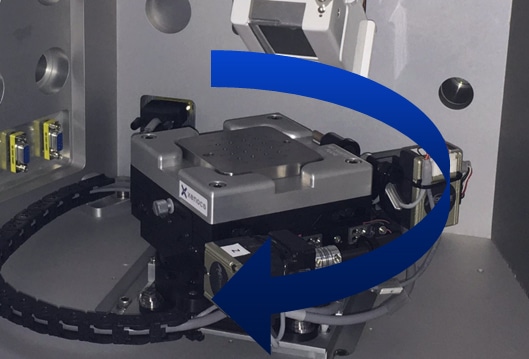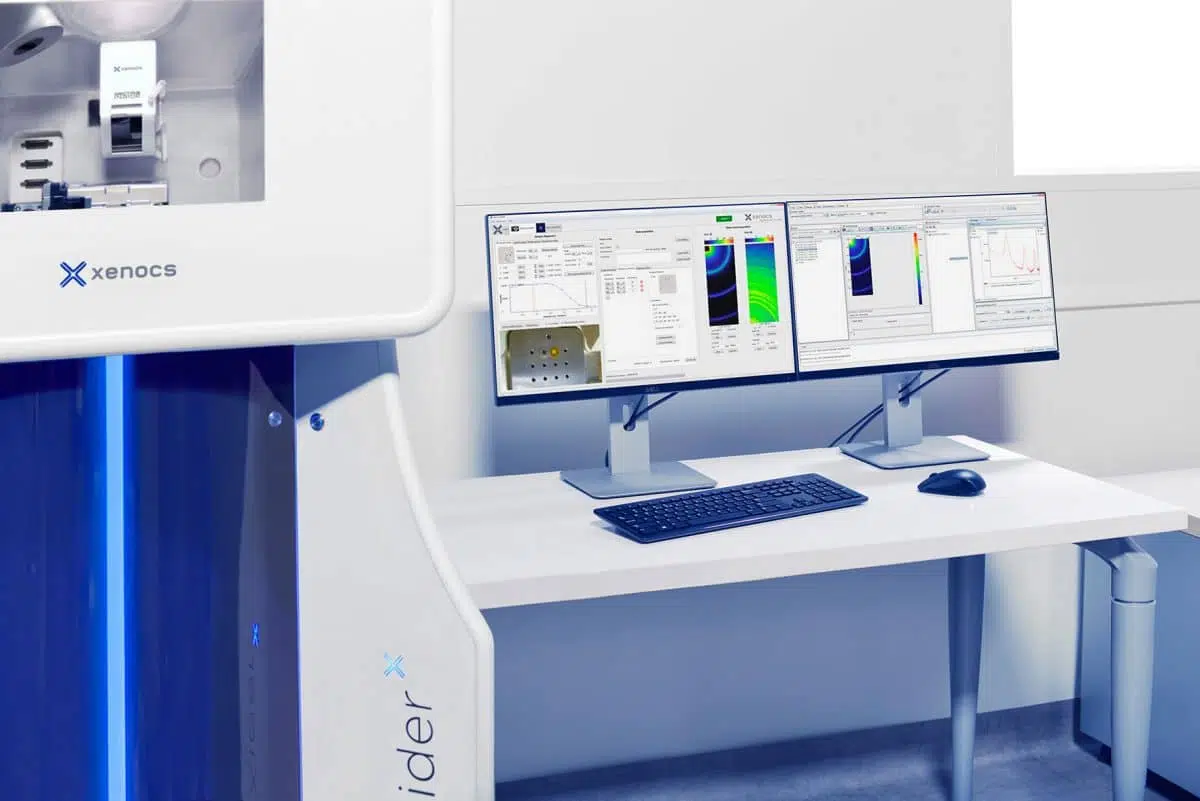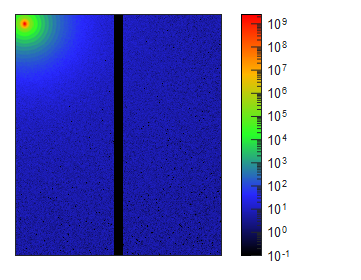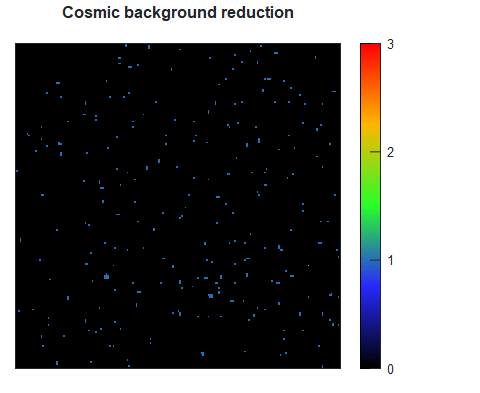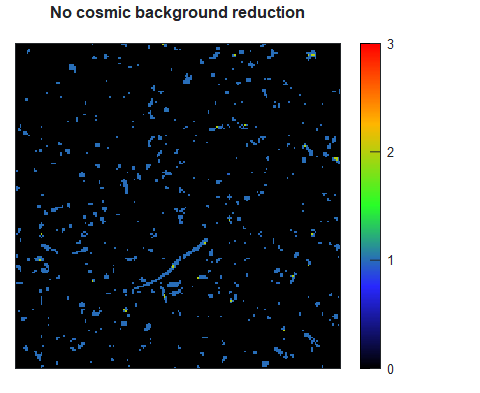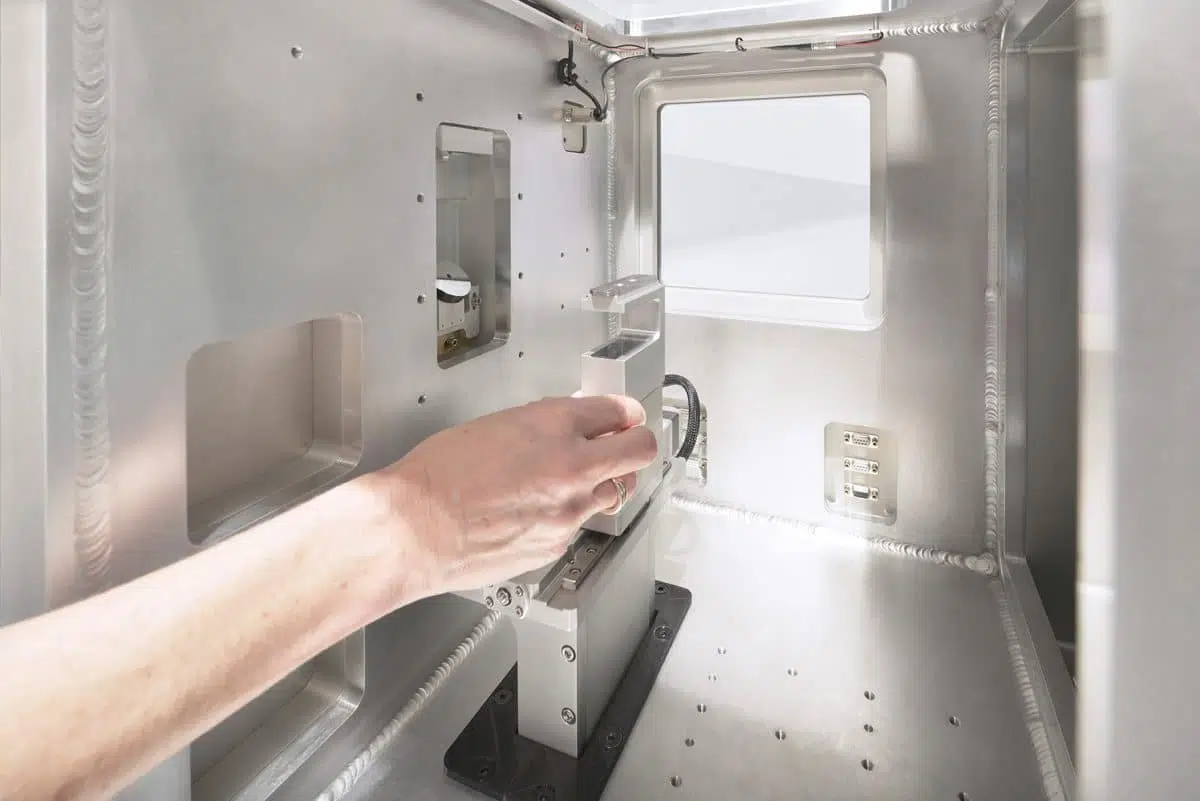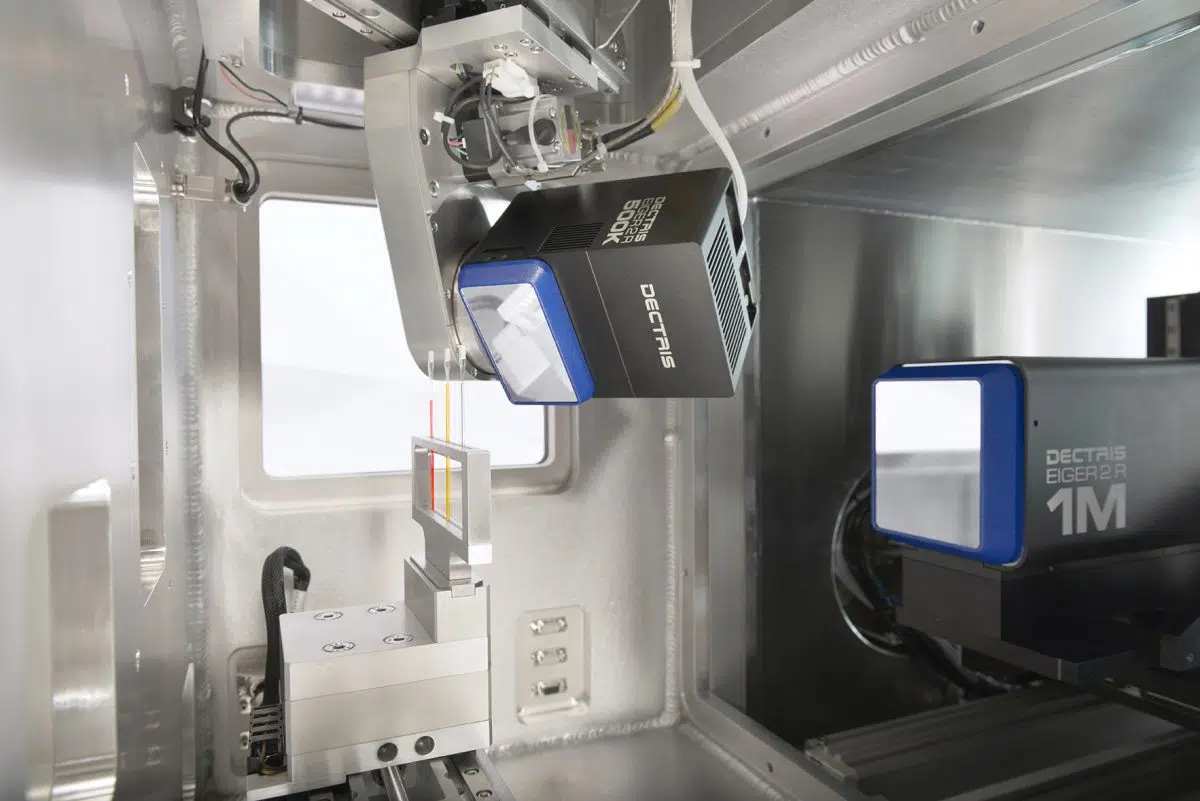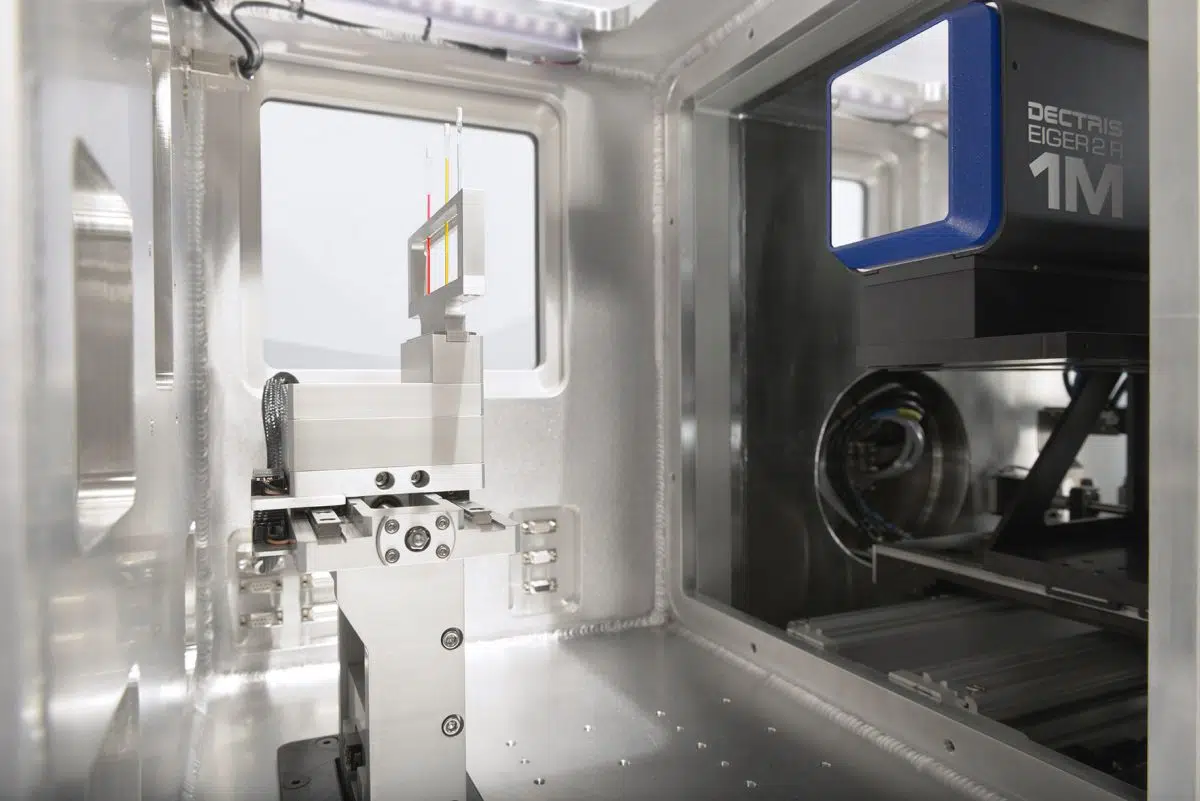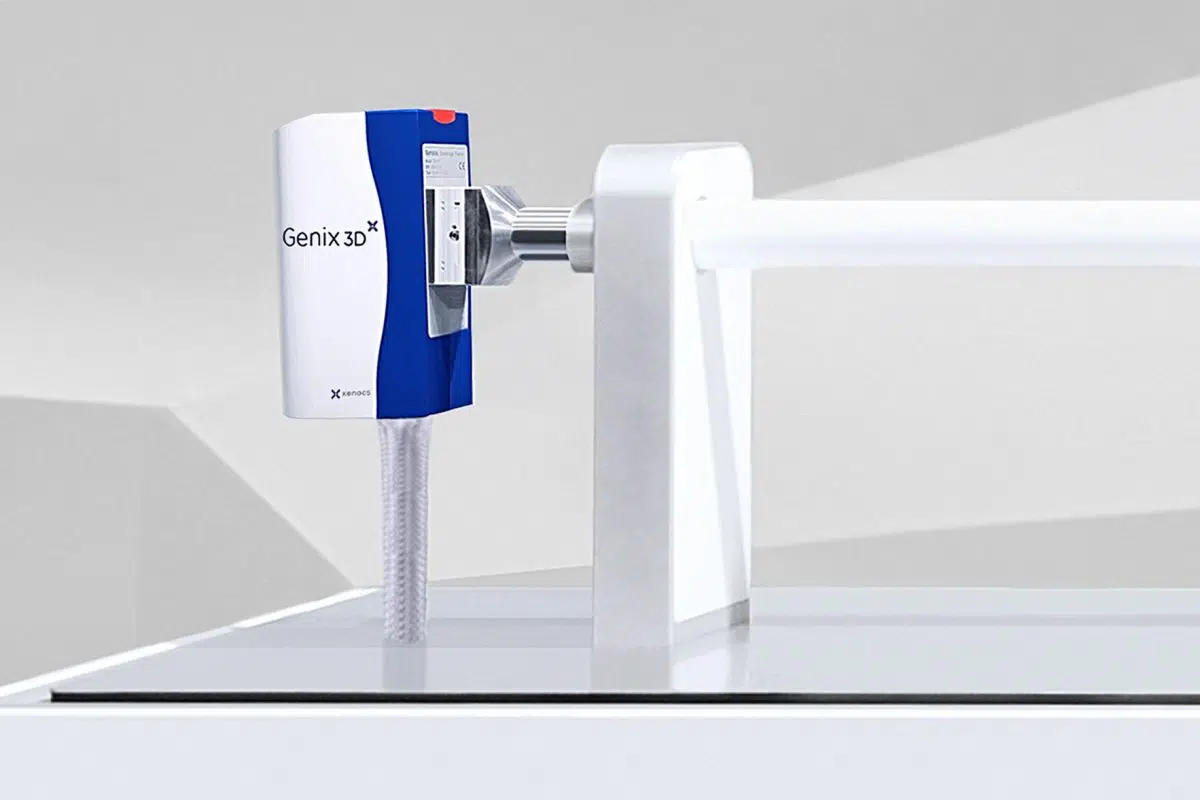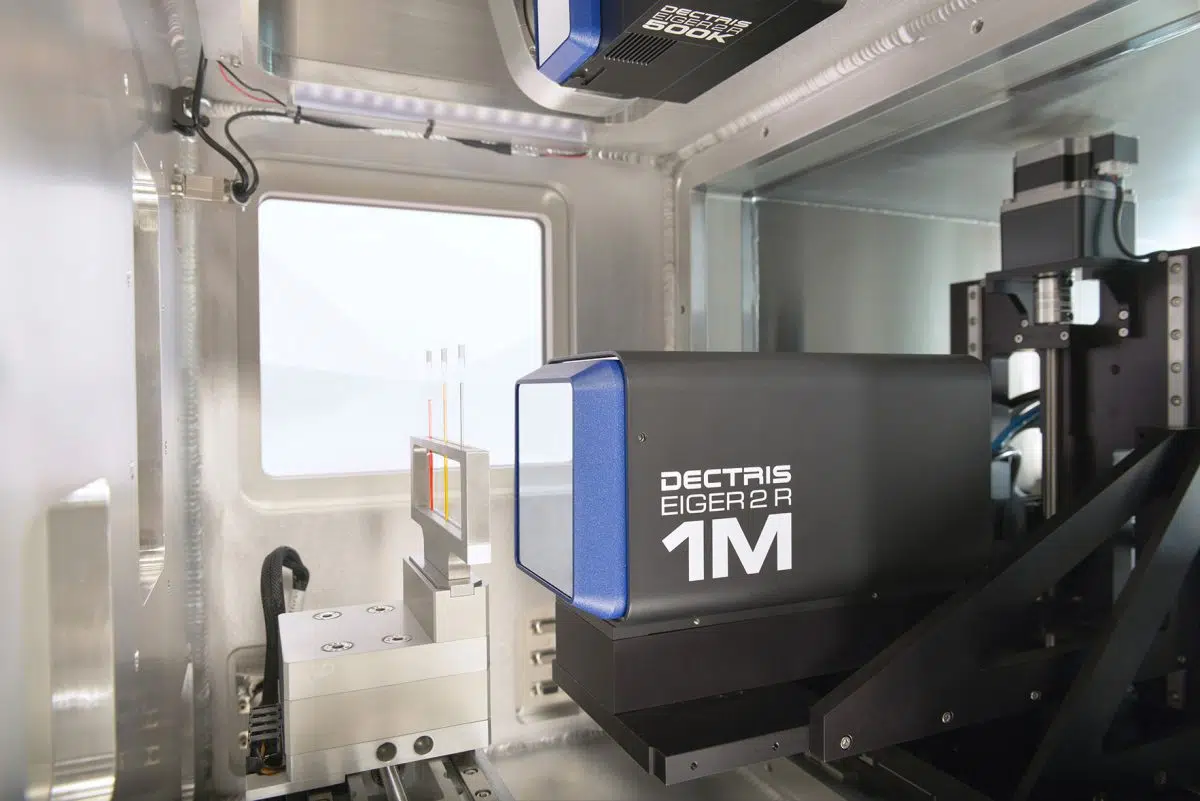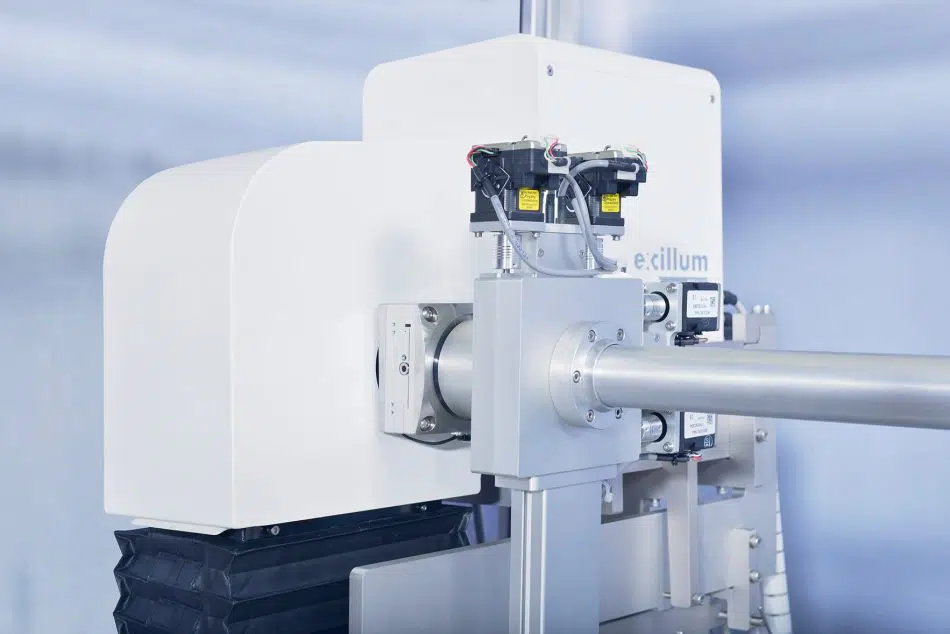Solar Energy Materials and Solar Cells, 2019, vol 190pp. 75-82
DOI:10.1016/j.solmat.2018.10.003
Abstract
Recently, two-dimensional (2D) materials have been applied in organic photovoltaics (OPVs) as electrode modifier or third component in bulk due to their high charge carrier mobility, various electronic band structure, and facile fabrication via liquid phase exfoliation. Herein, solution exfoliated few layers black phosphorus (BP) and tungsten diselenide (WSe2) were used as third component in bulk heterojunction OPVs, resulting in improved power conversion efficiencies (PCEs) from 8.60% for reference device, to 9.20% and 9.24% for devices based on BP and WSe2, respectively. Thorough study has been executed to look into the bulk morphology change and intermolecular charge transfer behavior within the OPV device by means of atomic force microscopy, grazing-incidence small-angle X-ray scattering, photoluminescence spectroscopy, and electrochemical impedance spectroscopy. Results show that a neat BHJ morphology and low energetic loss donor/acceptor (D/A) interfaces were achieved when incorporated with BP nanoflakes or WSe2 nanofalkes, leading to suppressed exciton recombination and enhanced charge transport property. Besides, more balanced bipolar carrier mobility within the bulk also helped boost the performance of OPVs. The storage and operating stabilities of the devices are also improved after incorporating with BPNFs or WSNFs. This work suggests the potential application of 2D materials as third component in OPV applications.


